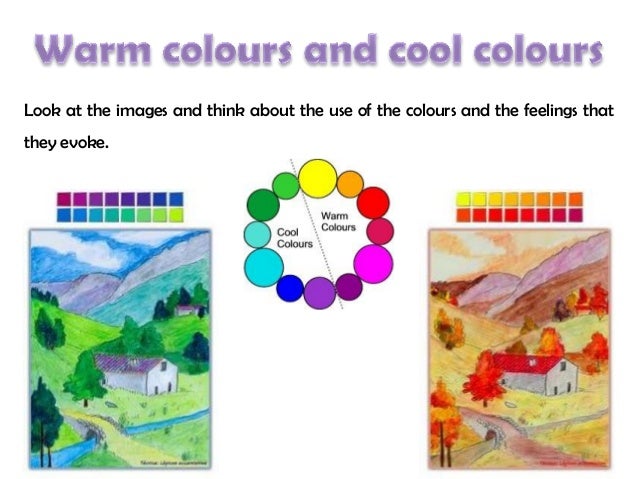ELEMENTS OF ART:
"POINT, LINE, SHAPE, FORM, VALUE, TEXTURE, COLOUR, SPACE"
HOW MUCH DO YOU KNOW ABOUT COLOUR?
COLOUR LIGHT, ADDITIVE MIX
IF BROWN IS A COLOUR...
WHY ISN'T IT ON THE VISIBLE LIGHT SPECTRUM?
LET'S CHECK YOUR KNOWLEDGE
(Click on the image below)
ACTIVITIES
Interpretation of "Twilight in Venice" by Claude Monet.

YAACOV AGAM
Yaacov Agam (born 11 may 1928, Israel) is an Israeli sculptor and experimental artist best known for his contributions to optical and kinetic art.
AGAMOGRAPHIES






